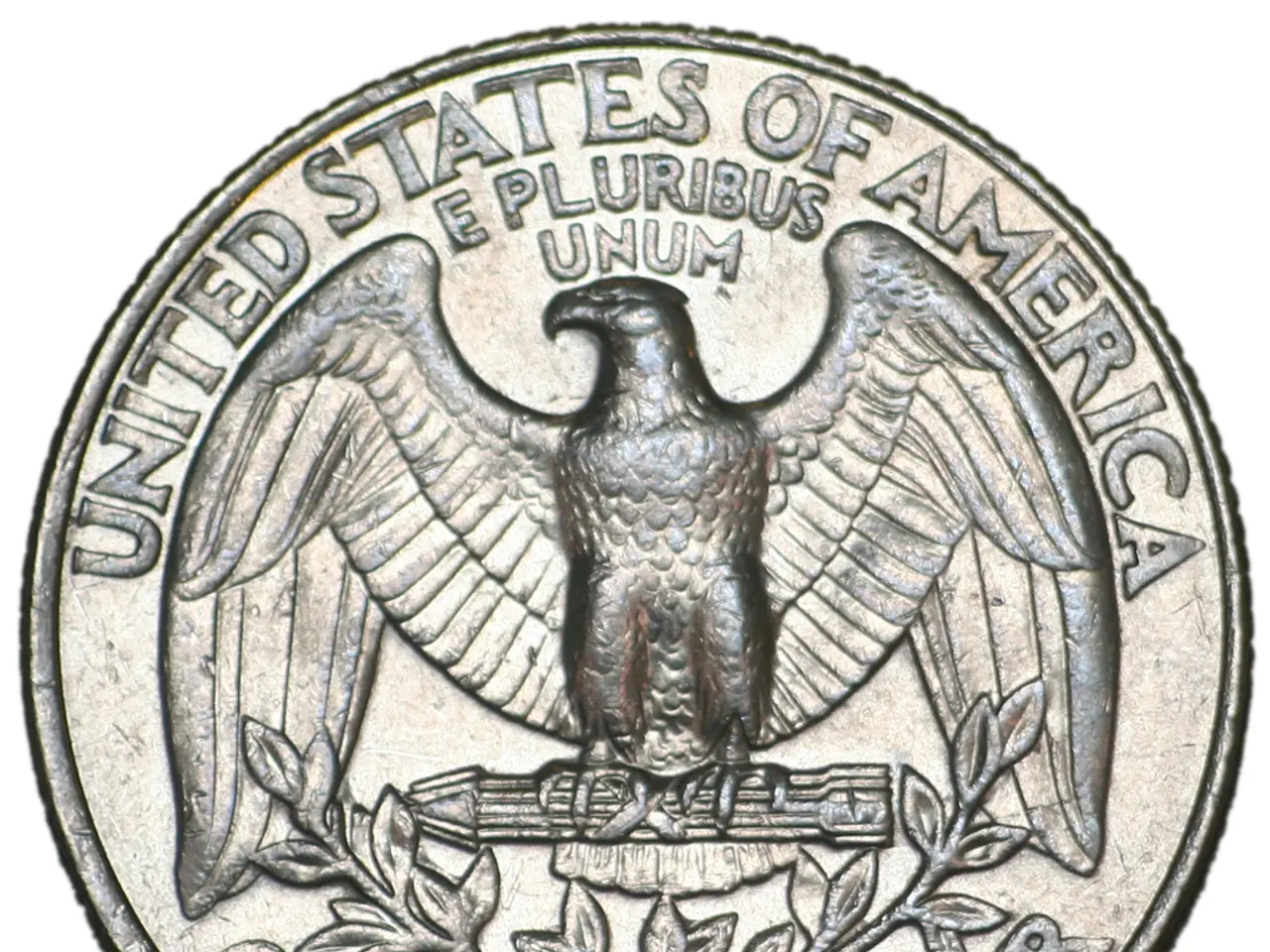New York City's Interborough Express (IBX) light rail project, planned to extend from Queens to Brooklyn, moves a step further towards realization
In an ambitious move to revolutionize public transportation in New York City, the Metropolitan Transportation Authority (MTA) has embarked on a significant project: the construction of the Interborough Express (IBX). This proposed rail line aims to connect Queens and Brooklyn, bypassing Manhattan, and provide a direct train link for residents of these boroughs.
The IBX will be built by repurposing an existing freight rail corridor, the Bay Ridge Branch and Fremont Secondary, into a 14-mile light-rail line. The line will have 19 stations, starting at Roosevelt Avenue in Queens and ending at the Brooklyn Army Terminal in Bay Ridge, Brooklyn. The entire route is anticipated to take around 40 minutes, offering a substantial reduction in travel times between the boroughs by up to 30 minutes.
The project is expected to serve approximately 200,000 passengers daily, a transit volume higher than any other light rail in the U.S. The IBX will connect to 17 subway lines, 50 bus routes, and the Long Island Rail Road, providing more travel options for New Yorkers in transportation deserts.
The design and engineering phase of the IBX has recently commenced, with a $166 million contract awarded to a joint venture between Jacobs and HDR. This contract includes a comprehensive scope of work for engineers, who will conduct surveys, geotechnical and environmental investigations, and structure inspections. They will also assist in third-party negotiations and public outreach.
The funding for the project comes primarily from New York State’s 2025 budget and the MTA’s 2025-2029 Capital Plan, with a total project cost estimated at $5.5 billion. The MTA board approved the full design of the IBX at its monthly meeting on July 30.
Governor Kathy Hochul has been a strong advocate for the IBX project since taking office in 2021. MTA chair and president Janno Lieber described the IBX as a "complete change of mobility and access" for many people, and a "huge deal" that will change people's lives. Charles Gantz, project executive for the IBX, explained that Jacobs and HDR were selected due to their strong leadership team, thoughtful management approach, understanding of corridor constraints, and extensive experience.
The IBX is more than just a transportation project; it's a step towards inclusivity. By connecting historically underserved neighborhoods, the IBX aims to spur economic development and reduce congestion across these boroughs. Public engagement and planning have progressed through phases, with open houses held in April 2025, and active engineering and design work now underway.
The construction of the IBX represents a significant investment in the future of New York City, offering a more efficient, sustainable, and equitable transportation system for its residents. As the project progresses, the city looks forward to the benefits the Interborough Express will bring.
[1] MTA Press Release: Interborough Express (IBX) [2] Curbed: Interborough Express (IBX) [4] 6sqft: Interborough Express (IBX) to Connect Queens and Brooklyn [5] The City: MTA Awards Contract for Interborough Express (IBX) Design
- The funding for the Interborough Express (IBX) project is primarily sourced from New York State’s 2025 budget and the MTA’s 2025-2029 Capital Plan, signifying a significant investment in the future of financing for the city's transportation sector.
- Upon completion, the IBX is expected to connect to 17 subway lines, 50 bus routes, and the Long Island Rail Road, marking a crucial step in redefining the transportation industry in New York City, making travel options more accessible and comprehensive for its residents.




